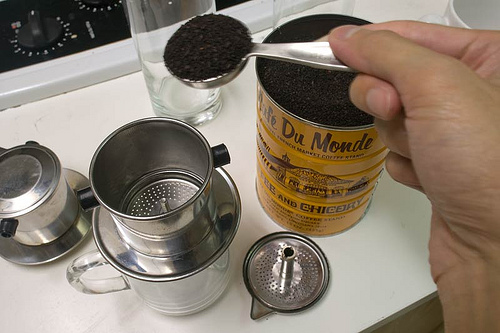General Information about Item:
- Genre: Material Lore – food, Customary Lore – celebration, superstition
- Language: English
- Country of Origin: US
- Informant: M.W.
- Date Collected: November 13, 2020
Informant Data:
- M.W. was born in New York in 2001. He grew up in Long Island with his parents and older brother. Currently, he attends University of Massachusetts, Amherst where he studies microbiology. He is fully Chinese as his parents are both from Fuzhou, China. He would celebrate Chinese New Year each year with his family. However, regarding the family feast, his family would typically go to a restaurant for the meal rather than prepare the food themselves.
Contextual Data:
- Cultural Context: Fish is a commonly eaten food in Chinese culture as the fishing industry in China is among the largest in the world. There is a large emphasis on sharing food in Chinese culture as meals are often eaten “family style.” While fish can be prepared in many ways, a whole fish serves as a great family style dish as its large size allows all members of the meal to have some.
- Social Context: While Chinese New Year feasts are typically prepared and enjoyed at home, it is also common for families that celebrate to have a meal at a Chinese restaurant, instead.
Item:
- A whole fish is a very common dish in a Chinese New Year dinner. This whole fish, which includes the skin, bones, head and tail, is usually steamed with ginger, scallions, soy sauce and other herbs. As for the type of fish, there’s no specific fish that must be used. The reason why all parts of the fish are included in the dish is because the whole fish represents the whole family being together to enjoy a big feast for the new year. It symbolizes unity, connectedness and the strength of familial bonds, which are all important features of Chinese culture.
Audio Clip:
Transcript:
C.C. (collector): What’s one dish that you and your family typically eat for Chinese New Year?
M.W. (informant): What we eat for Chinese New Year is a whole fish. This fish is prepared by steaming it with gingers scallions, soy sauce and other assorted herbs. The reason we eat the whole fish, including the head and tail is because it represents the whole family being together on new years. by having the whole fish it shows how it brings the whole family together to enjoy a big feast.
Informant Comments:
- This is his favorite way fish can be prepared because of how simple the ingredients are and how clean the dish tastes.
Collector Comments:
- A steamed whole fish is a part of my family’s Chinese New Year meal as well, and since it is one of the main dishes of the meal, we have a certain tradition with it. The younger members of the family must serve pieces of the fish to the adults first before eating themselves, and this demonstrates the idea of respecting elders in Chinese culture.
Collector’s Name: Chris Chao
Tags/Keywords:
- Chinese New Year
- Material Lore
- Customary Lore
- Food
- Entrée



